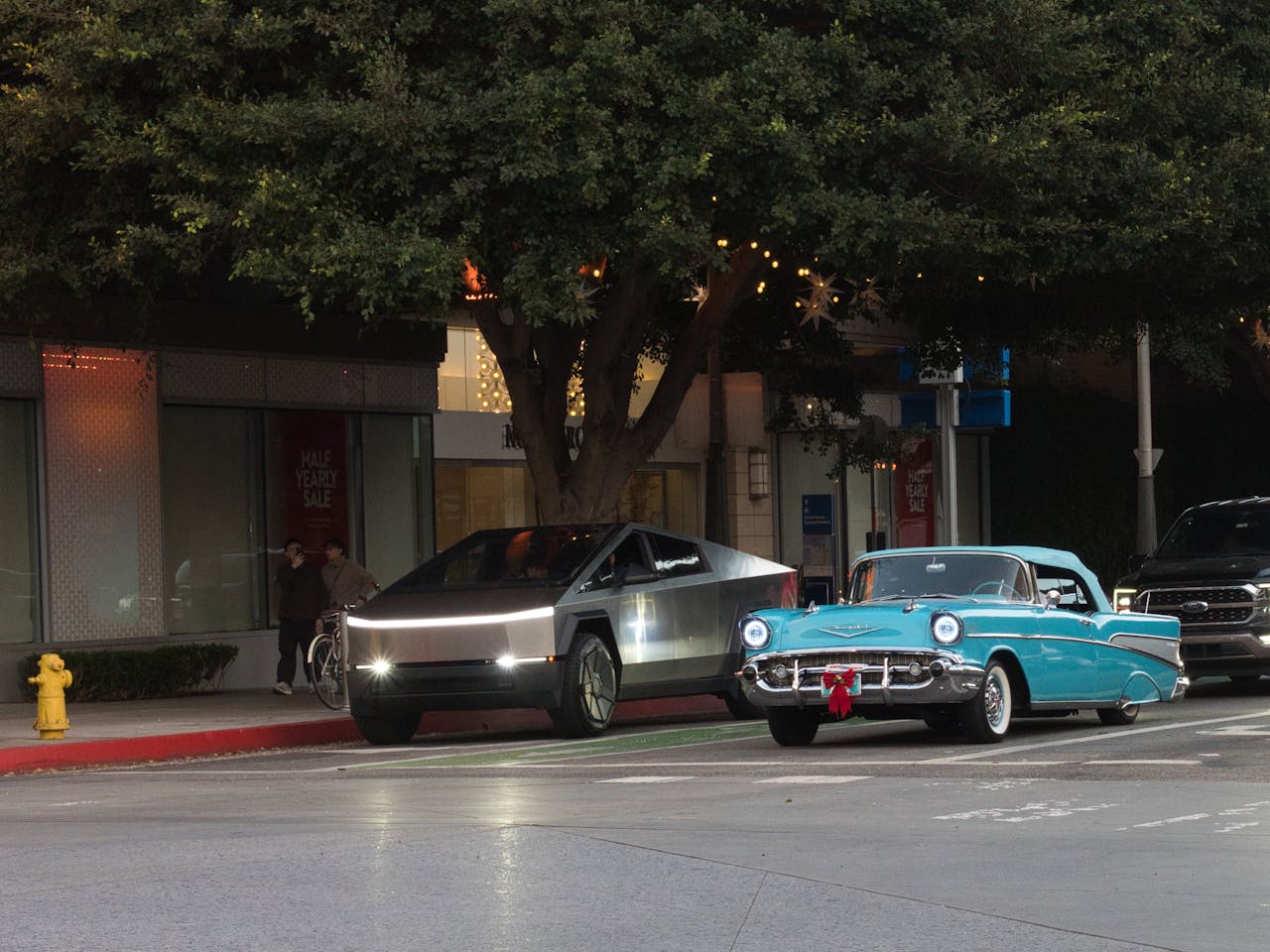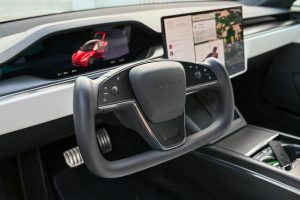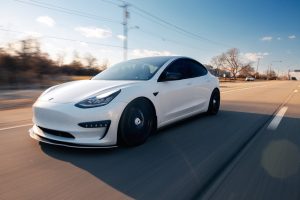Why Cybertruck Production Delays?
When Tesla first unveiled the Cybertruck in 2019, Elon Musk’s bold claims promised a futuristic vehicle that could be delivered by 2021. Fast forward to mid-2025, and reality is far more complex: while the Cybertruck is finally on the roads, production volume continues to fall short of expectations. Despite an initial ramp-up in late 2023 and stronger output in 2024, the first half of 2025 has been marked by persistent bottlenecks.
So what exactly is going wrong—and why hasn’t Tesla, the company famous for defying odds, been able to overcome these obstacles?
1. 4680 Battery Production Still Isn’t Stable at Scale
At the heart of the Cybertruck’s production plan is Tesla’s next-gen 4680 battery cell, touted as a game-changer in both energy density and cost. But while Tesla’s pilot line at Kato Road (California) and larger lines at Giga Texas have seen incremental improvements, they are still not producing at the volumes needed.
As of Q2 2025, multiple industry reports, including a detailed teardown by Munro & Associates, show that most production Cybertrucks are still shipping with 2170 cells instead of the promised 4680 packs. This impacts vehicle range, weight, and cost—and slows down the entire production line due to platform changes required between battery variants.
📉 Insight: According to BloombergNEF, 4680 cells accounted for less than 20% of Cybertruck builds in the first half of 2025.
2. Gigafactory Texas: A Victim of Its Own Complexity
Giga Texas is now one of Tesla’s most advanced manufacturing hubs, but it’s also under intense pressure. The factory is tasked with simultaneously producing the Model Y, 4680 batteries, and the Cybertruck—three of Tesla’s most ambitious projects.
Insiders report that line switchover times, staff training gaps, and tooling recalibrations are creating frequent slowdowns. The Cybertruck’s stainless steel exoskeleton—one of its most hyped features—requires specialized stamping and welding equipment that isn’t fully optimized yet, leading to higher-than-expected defect rates.
🏭 Tesla insider comment via Electrek (June 2025):
“Cybertruck production is a different beast—stainless steel behaves nothing like aluminum. Even small dents force full rework.”
3. The Cybertruck Is Still Evolving—and That’s Not Helping
Tesla has a long-standing habit of rolling out iterative changes mid-production, often bypassing traditional model-year cycles. This strategy works well for software, but when applied to complex hardware like the Cybertruck, it creates ripple effects.
In 2025, several design revisions—including steering yoke changes, revised charging ports for NACS V2, and updated lighting systems for EU regulations—have added revalidation steps and delayed production consistency.
While customers appreciate improvements, the lack of finality in design makes scaling extremely difficult. Each change, no matter how minor, requires factory retooling, regulatory re-approval, or new supplier coordination.
4. Supplier Delays and Global Logistics Constraints
Even though most Cybertruck components are sourced in North America, some critical elements—such as advanced camera modules and onboard computing chips—are still partially dependent on overseas suppliers.
In early 2025, a shortage of LIDAR-grade protective glass and edge AI chips (used in FSD v12.5) reportedly slowed production by several weeks. Tesla has tried to vertically integrate more of these parts, but the transition hasn’t been seamless.
Additionally, shipping large vehicles like the Cybertruck to overseas markets like Canada or Europe involves unique homologation and logistics issues, many of which remain unresolved.
5. Demand Is Not the Issue—It’s Managing the Waitlist
Ironically, demand for the Cybertruck isn’t a problem. Tesla still reports a waitlist of over 800,000 pre-orders globally. But maintaining buyer enthusiasm after 4+ years of delay is becoming increasingly difficult, especially with competitors like Rivian R2, Ford’s electric Super Duty, and GM’s Silverado EV gaining market share.
Tesla has prioritized high-margin trims (e.g., the Cyberbeast and AWD variants), but that leaves many base model reservation holders frustrated—and some abandoning their orders entirely.
🗣️ Cybertruck Forum Poll (July 2025):
31% of early reservation holders say they’ve “lost interest” due to delays or pricing shifts.
Final Thoughts: Can Tesla Catch Up Before the End of 2025?
Tesla is no stranger to production hell, and history suggests they can overcome engineering and supply issues eventually. However, the Cybertruck’s unique design, material constraints, and Musk’s constant push for innovation mean this is not just another Model 3 scenario.
With Giga Texas still learning how to scale stainless steel at volume, and 4680 cells yet to reach maturity, a full production ramp by end of 2025 looks optimistic—but not impossible.
Whether Tesla hits those targets or not, one thing’s clear: the Cybertruck is more than just a vehicle—it’s a manufacturing experiment in real-time.
Related Topics You Might Like
Enjoyed the read?
Share this with your EV community, or drop a comment—are you still waiting for your Cybertruck, or have you moved on?



